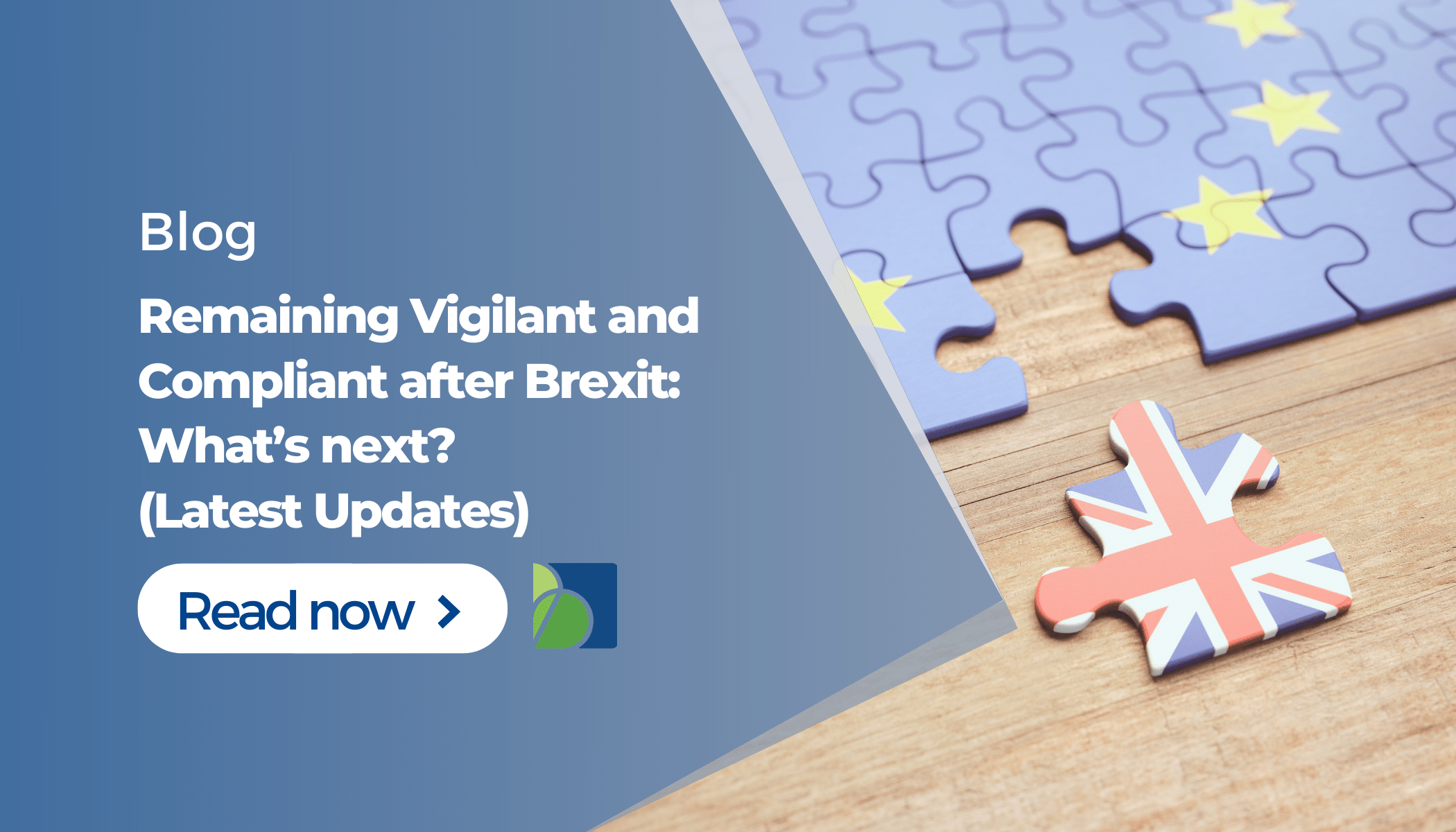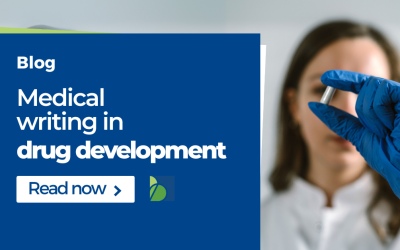On 29th March 2017 United Kingdom (UK) submitted the notification of its intention to withdraw from the Union pursuant to Article 50 of the Treaty on European Union (EU). This means that the United Kingdom will become a ‘third country’ from 30th March 2019. Even though leaving the EU with a deal remains the Government’s top priority, UK drug agency is publishing a series of guidance documents for industry and other stakeholders covering the proposed arrangements for the regulation of medicines, medical devices and clinical trials, if UK leaves EU with no deal. This article provides some current thoughts on the potential impact of Brexit on UK pharmacovigilance in case of no-deal scenario.
Establishment of UK-QPPV
One of the areas where the impact of Brexit will be particularly high is the role of QPPV. Current EU legislation indicates that QPPV must reside and carry out pharmacovigilance activities within European Union. After the exit day, on 30 March 2019, the MHRA will require a Qualified Person for Pharmacovigilance (QPPV) to be established in the UK. However, a temporary exemption will allow companies until the end of 2020 to do so. This temporary exemption will allow an EU QPPV to assume responsibility for UK MAs until a QPPV who resides and operates in the UK can be established. However, if the MAH is not established in the UK on exit day, companies will be expected to put in place a UK-based contact person within 4 weeks of exit. This individual must be accessible to the licensing authority in respect of any matter relating to the MA. This requirement will no longer apply once a UK MAH is established.
UK-based IT systems for regulatory and vigilance submissions
If no-deal EU exit occurs, MHRA will lose the connection to central communication portals by which pharmaceutical companies and authorities can transmit data to the European Member States. This includes systems like EudraVigilance, EUDAMED, PSUR repository and the Article 57 database known as the extended EudraVigilance medicinal product dictionary (xEVMPD). Therefore, MHRA is building the UK-based IT tools to ensure that companies from EU can submit regulatory information to the MHRA. Below mentioned systems become effective only in the event of no-deal scenario:
MHRA e-Submission portal – will be used by Sponsors, Marketing Authorization Holders and pharmaceutical industry for the submission of clinical trial applications, marketing authorizations, renewals, variations, paediatric investigation plans (PIPs), periodic safety update reports (PSURs) and development safety update reports (DSURs).
A Separate Portal (ICSR Submissions Portal) – for submitting and receiving expedited vigilance reports (ICSRs, SUSARs and ASPRs), there will be a separate portal (more information to follow in due course from MHRA), however, the e-SUSAR portal will still be available. All companies including Sponsors and MAHs will need to register for access with their MHRA five-digit company number by completing a form as an initial request for access.
All parties are encouraged to initiate registration process to MHRA systems now to ensure submissions to MHRA form day one. Further information and guidance on registration process can be found on MHRA website here.
Safety of medical devices after the Brexit
Currently, post-market safety data is shared across all members of the European regulatory network for devices (EU, EEA, Turkey and Switzerland), and any disagreement over the marketing of a device can be escalated through regulator forums such as the Medical Devices Coordination Group, and potentially through the European Commission and Court of Justice of the European Union (CJEU). If there’s no deal, the MHRA would continue to perform market surveillance of medical devices on the UK market and be able to take a decision over the marketing of a device in the UK, regardless of the position of the European regulatory network, or any decision of the CJEU.
From 29th March 2019, if the manufacturer is based outside of the UK, the UK Responsible Person will be required to be in place. This UK Responsible Person will be required to meet certain reporting requirements, as set out in regulation 7A (for medical devices), regulation 21A (for active implantable medical devices) and regulation 33A (for IVDs) in the UK MDR 2002 (as amended by the UK MDR 2019). Further changes that will require manufacturers to adhere to increased requirements around post-market surveillance and vigilance will come into force from May 2020. This will include maintaining a post-market surveillance plan and issuing periodic safety update reports (PSURs).
New Brexit updates are going to be released by MHRA in the following weeks. Stay tuned to Biomapas blog as we will be publishing newest information about this topic!
By Dovile Giedraityte
References:
- https://www.gov.uk/government/publications/further-guidance-note-on-the-regulation-of-medicines-medical-devices-and-clinical-trials-if-theres-no-brexit-deal/further-guidance-note-on-the-regulation-of-medicines-medical-devices-and-clinical-trials-if-theres-no-brexit-deal
- https://www.gov.uk/guidance/making-submissions-to-the-mhra-in-a-no-deal-scenario
- https://www.gov.uk/guidance/regulating-medical-devices-in-the-event-of-a-no-deal-scenario#post-market-surveillance-and-vigilance











